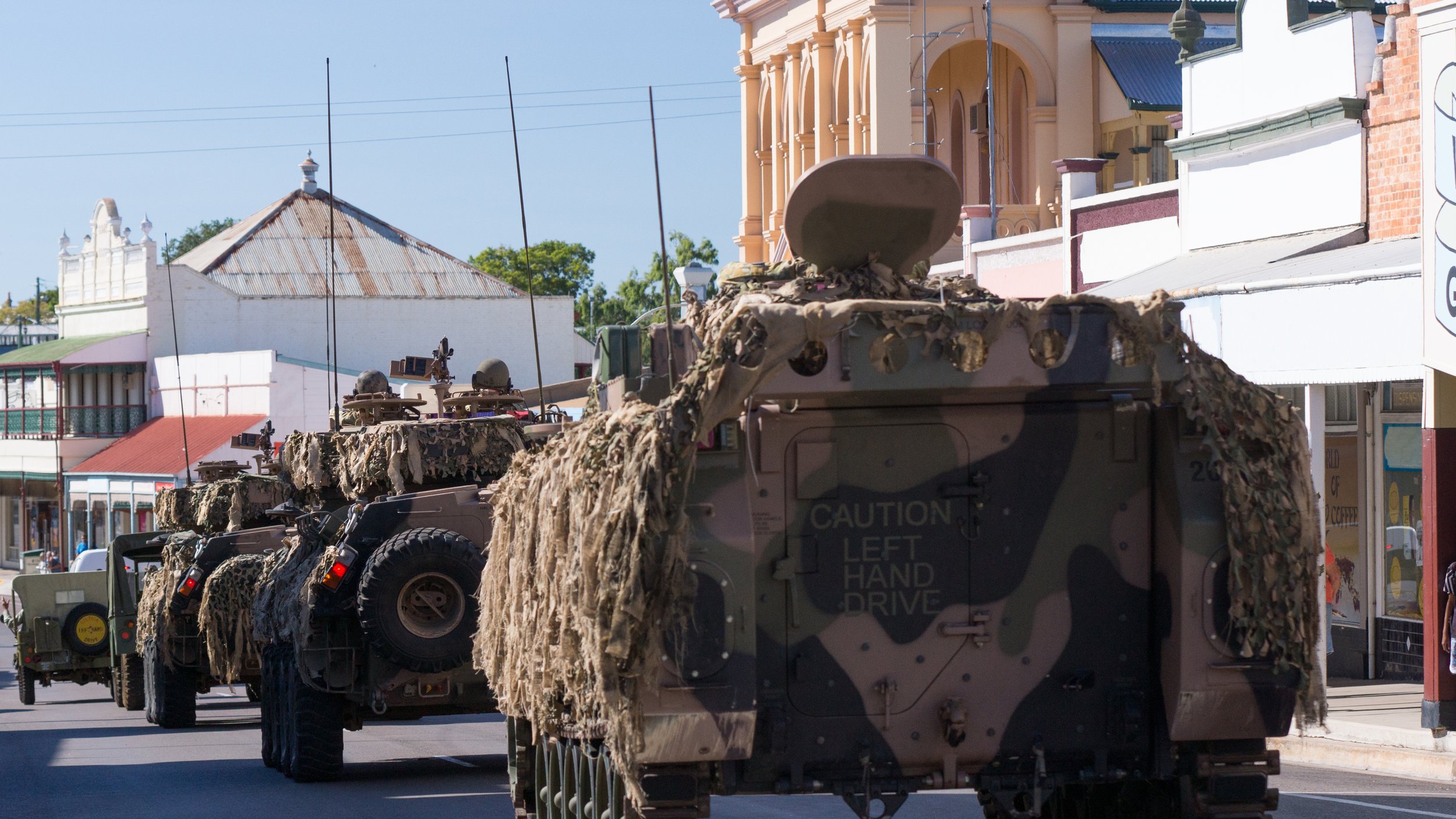Size doesn’t matter
The secret to an effective military is technological prowess rather than personnel numbers. By Jessica Ride.
Recent geopolitical tensions have undoubtably sharpened our view of military capabilities in our home country. With growing fears of a worldwide conflict, it is important to identify the true strength of a military. This could not be more evident than by viewing military strength from the perspective of Ukraine, which is currently under invasion from its neighbour, Russia. Military strength plays a part as a deterrent as well as a practical measure of defence if the worst eventuates.
Despite its relatively small size, Australia’s military was ranked 17th out of 140 countries worldwide, according to the 2022 Military Strength Ranking by Global Firepower. The top five includes [5th] Japan (247,200 active personnel), [4th] India (1.4 million), [3rd] China (2.1 million), [2nd] Russia (1 million), and the United States (1 million).
Joining the military is either an act to obtain personal welfare or a patriotic and selfless gesture to one’s country. Some argue that Australia has much less of an identity when it comes to national pride. There is a vast difference between quality and quantity, especially in a national defence sense. The Australian Defence Force (ADF) currently has 29,095 active full-time personnel, plus 30,000 reserve members – all of whom undertake multiple intense stages of training, which they continue throughout their entire period of service.
Compulsory conscription is also not mandated in Australia, in contrast with countries such as Vietnam that house over 10 million active personnel. Because of this, Australia attracts candidates that have genuine interest in becoming service personnel, which motivates members to different levels than those who may feel ‘forced’ into the role.
Australia’s military technology is world-class, despite its limited budget in comparison to other nations. Australia has invested in keeping its military technology at the highest level and recognises the benefits of superior military intelligence. SAAB, an advanced Swedish military manufacturer, is one of many companies that provides world-leading defence technology to Australia. With a focus on modern threats and counteracting them with pioneering technology, SAAB states that ‘mission success is based upon the forces’ ability to maintain all operational capabilities’ whilst also countering threats. Essentially, modernity in military technology is a crucial factor in success and if a military is not continuing to develop, it is objectively falling behind the eight-ball.
As a result of the recent conflict in Ukraine, the Morrison government has committed 50m USD to support Ukraine in its fight for sovereignty – for the purpose of lethal and non-lethal weaponry, in addition to the initial contribution of 25m USD for humanitarian aid. The Coalition is also investing more than $270 billion into Australia’s Defence capabilities over the next 10 years, to ensure that our national security remains sound and to create stronger branches within the ADF.
In contrast, under the Rudd and Gillard governments, significant amounts of spending were restricted from Defence and intelligence – Defence funding fell to 1.56% of GDP. Under the Coalition, Defence investment has been restored and is now around 2.3% of GDP.
Arguably, the most effective deterrent is ultra-high technology, which fundamentally envelopes military expenditure. This is more important than the number of soldiers. In terms of numbers, the Armed Forces of Ukraine has 196,000 active members, and an additional 900,000 reservists. This number is relatively small when compared to that of Russia, which has over one million active personnel, and an additional two million reservists. However, as we have seen with Australia, the question of a military’s efficiency is rarely based on numbers – the sheer idea that Ukraine could not rely on its Western allies to intervene in a potential conflict has ultimately created a high level of military preparedness and advancement. And as US Analyst Michael Beckley states, ‘A military with skillful military personnel and superior technology will use fewer resources to accomplish a mission than a military with low skill and outdated technology.’
Overall, we cannot judge the effectiveness of a military based on its size, but we can consider the urgency and importance of advancement within the industry and continue to advocate for stronger national security and intelligence.
Jessica Ride is an analyst and research intern at the Menzies Research Centre.

